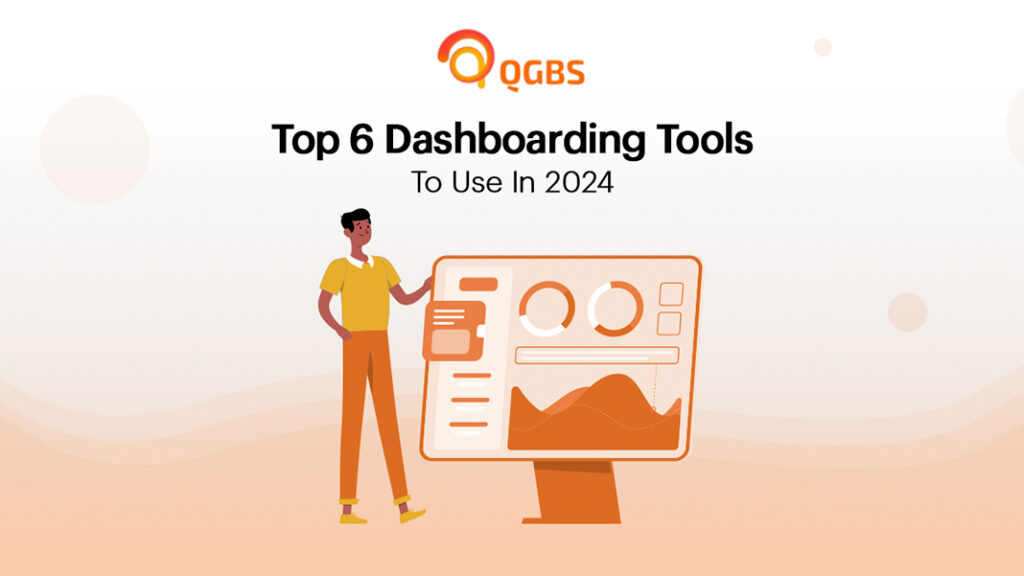
In today’s data driven world, dashboarding tools have become essential for businesses to visualize & interpret their data efficiently. So, whether anyone has a small setup or a large enterprise, using the appropriate dashboarding tools is important, as only then will their work go well. And only then would the people associated with the organizations be able to transform their data into actionable insights.
But, here, a question arises in everyone’s mind that there are numerous dashboard tools; which one would be the best suitable for them to use that will be leading their way. So, to offer better help to everyone, we are here with this blog.
Through this, everyone will get to know about the best tools. Then, without taking any longer, let’s get started:
Table of Contents
These tools are software applications designed in a specific way to collect, visualize, & analyze data from various sources in a unified, interactive interface. These tools mainly help everyone transform raw data into meaningful insights through better visual representation.
The representation can be in any form, like:
Now, let’s have a look at the list of data visualization tools:
This is the tool that remains the leader in the dashboarding space because of it’s robust capability to visualize the data. This user-friendly interface allows users to create complex & interactive dashboards conveniently. Other than this, there are various features in this free data visualization tool that people are interested in taking advantage of. Let’s know about them:
With this, let’s have a look at who can ideally use this:
This is also the best of the numerous dashboarding tolls that businesses & people can use. It’s because this is continuously growing in popularity due to its seamless integration with other available products associated with Microsoft & it’s powerful analytical capabilities. The usage of this tool would be preferable for those who are already using Microsoft Office & Azure Services.
Other than this, the tool does have various key features for everyone, like:
Now, let’s learn for which clients it would be best & ideal:
This is now a part of Google Cloud, which offers a modern approach to data analytics & lets everyone have the preferred benefits. This is designed to work with data directly in the cloud, providing real time access without extracting data. For better help, this offers more beneficial features; let’s know about them:
Here, we will even mention who can actually benefit from these:
This dashboard tool is known for it’s associative data engine, which actually allows users to explore data freely without being confined to a predetermined path. Not only this, but the tool does offer amazing features through which people will be able to uncover the hidden insights & relationships within the data. So, let’s know about those best features:
For which sectors would this be beneficial? Let’s have a look:
This is mainly a cloud based platform that provides a comprehensive suite for business intelligence as well as data visualization. With all these features, this offers extensive connectivity options to facilitate the integration of various data sources & applications. With this, there are many more features that people can have, including:
If, with this, you are curious to learn if the tool is ideal for whom? Then, have a look here:
This stands out from others numerous available data visualization tools has the ability to handle large datasets, making the complex calculations reliable. The usage of this even allows businesses to integrate dashboards directly for a more seamless user experience. So, let’s have a look at the features to learn more:
Who can ideally use this tool?
The 6 dashboarding tools mentioned above not only give an idea of why people should use them but also which features they will receive. But with this, they even get to know which people can approach which tools.
Still, if you have any queries in your mind & want to know more, you can reach out to us now & feel free to ask anything. We & our experienced professionals are available to offer the best assistance.